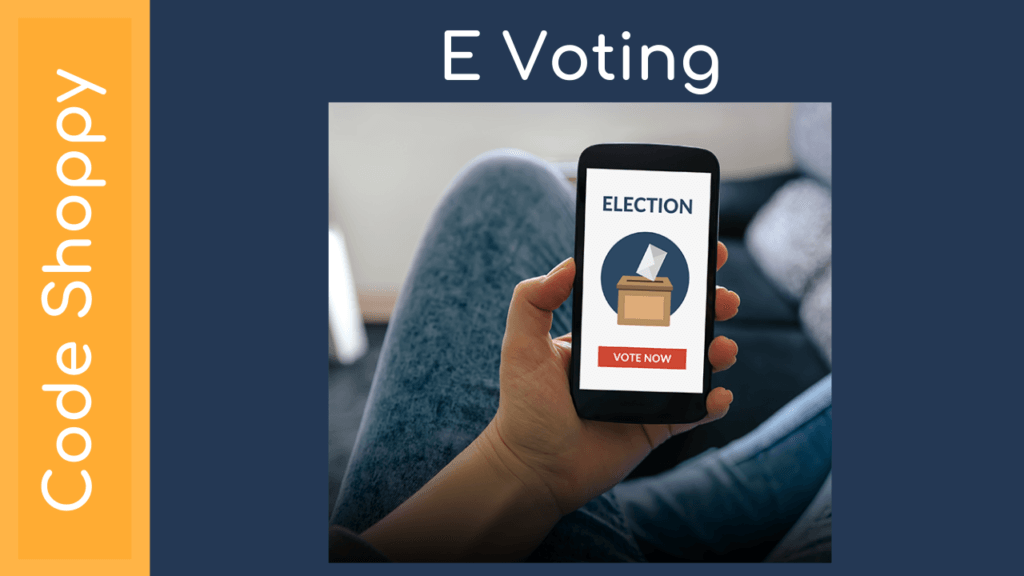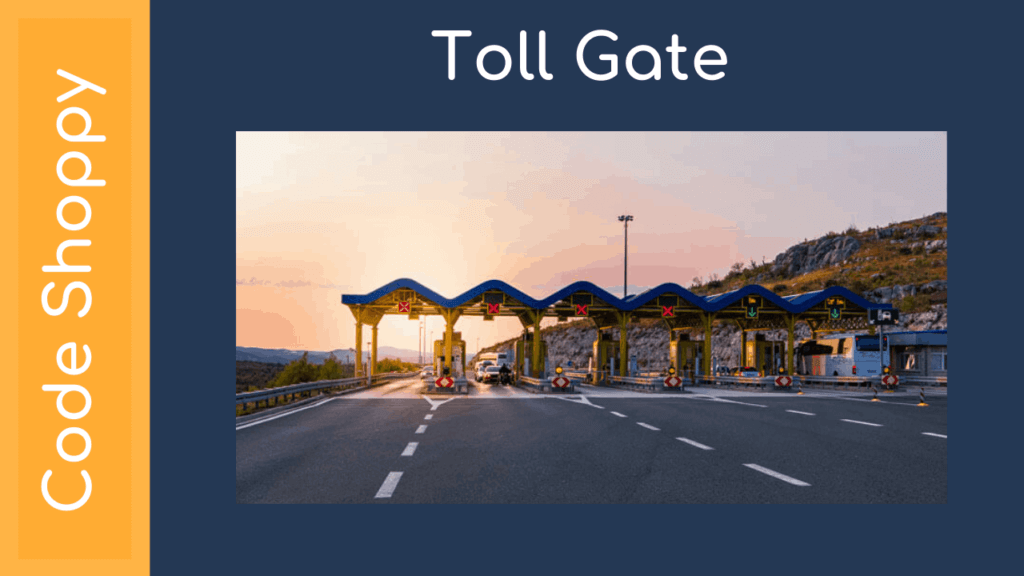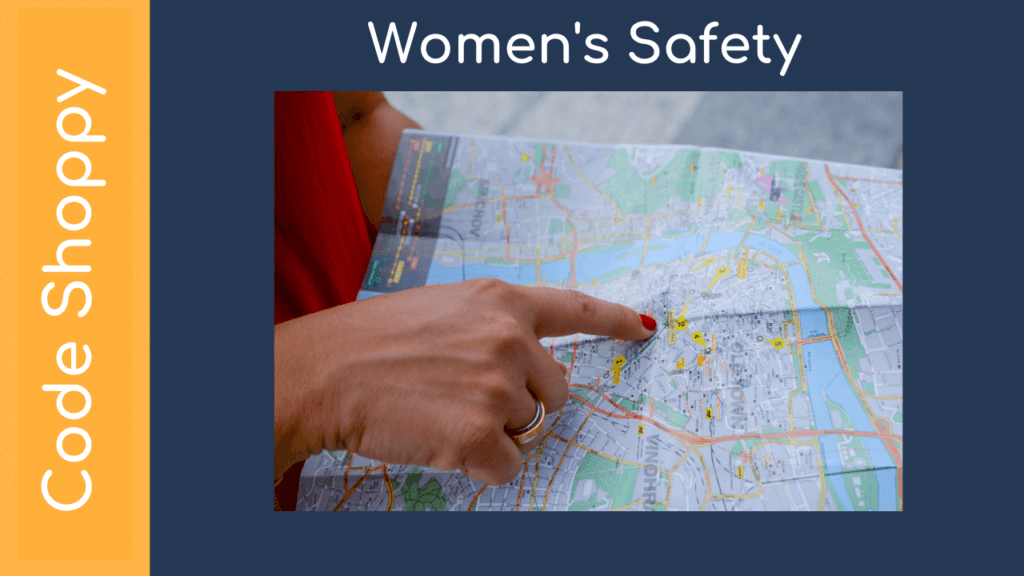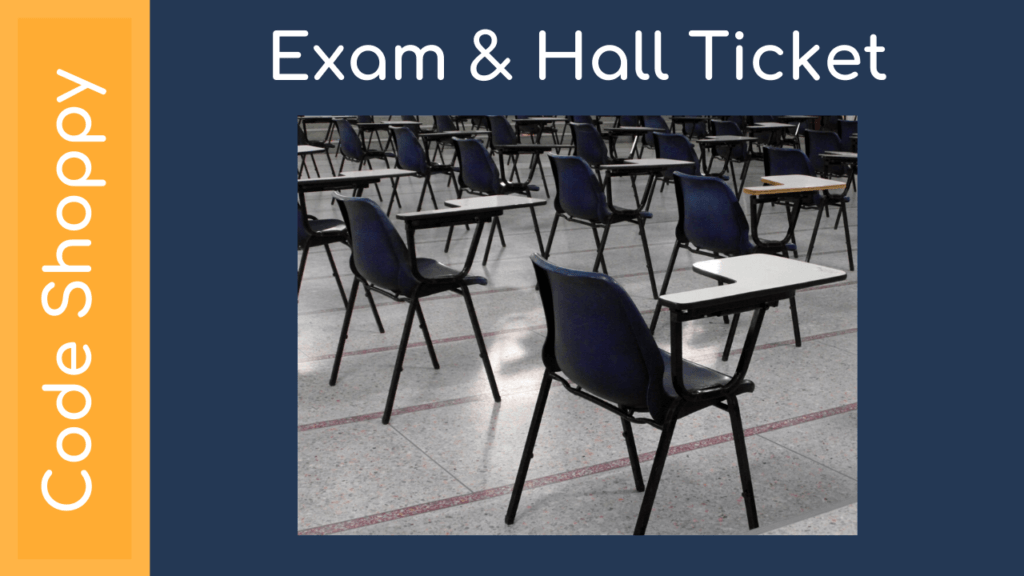Online Road Complaints Registration System
Using Kernel Density Estimation to Target Customer Complaint Handling Service
Nowadays customer experience is the most important factor affects the customer loyalty, especially in a mature market. Thus, a Complaint Process Platform (CPP) plays an important role in dealing with customer complaints; most of them are poor mobile coverage, frequent call drops and low speed on 4G. Usually, subscribes call service center directly and report issues to the agent. Many complaints can be resolved at this stage and no need to dispatch cases to the next level, a secondary agency that helps resolve complaints about telecom services. This paper introduces a method of kernel density estimation based on the locations of customer complaint by using kernel density function.
This method targets hot zones with poor mobile coverage automatically and precisely and generates handling strategies, in order to improve the success rate of customer complaint handling at the service center. The process of designing the CPP metrics for telecommunication services is also given.

A.Architecture Overview The architecture of complaint process platform providing the execution environment of kernel density estimation is showed in Figure 1. The platform is composed of multiple components including complaint handling, map API, kernel density estimation and OSS. The function of complaint handling includes complaint reporting, complaint diagnosis and complaint analysis. The complaint reporting module offers complaint summarization and reporting. When agents accept the customer complaint, this function could get the newest complaint case from each service center. The complaint diagnosis includes specific area diagnosis, reply recommendation and important dates listed for each improvement. When agents start to handle the trouble issues by the complaint diagnosis, a proper recommendation will be displayed on the screen after keying all complaint attribute and keyword. In addition, all neighbor hotspots may appear in the search list based on the location of the customer. The agents could easily read these hotspots to decide how to explain and apology to the customer. Complaint analyses reveal the quality of service center and generate statistic report monthly. The module of kernel density estimation is responsible for data classified and hotspots management. The data of configuration management (CM) and performance management (PM) are received from OSS. Based on primitive event log of the customer complaint, a new hotspot suggestion is generated by an analytic program using kernel density estimation. Code Shoppy
B.Hotspot Management Fig. 2 is the flow chart of hotspot management. In proposed solution, the QoE collectors collect data from OSS and filter out inconsistent data. Then, the platform retrieves the data of customer complaint and obtain coordinate by using APIs of the map application. Next, the extracted data will deal with kernel density function algorithm. If the process finds a new hotspot, the comparison information and recommendation could be automatically generated by each complaint classification. Based on the information of hotspot management, the service center can improve the success rate of customer complaint handling. However, the configuration of mobile network elements is usually deployed and updated very quickly. Thus, the hotspot management provides an integrated console to managing the data related to hotspots.
In [5], some of different kernel functions have been used in applications, such as normal distribution, quartic distribution, triangular distribution, uniform distribution and negative exponential. In proposed method, normal distribution is adopted and can be defined as [6] =−=NihdiijehKWjg122]21[)(22π (1) where )(jgis the density of grid cell j,ijdis the distance between grid cell jand event location i. The constant Kis initially set to 1 and his the standard deviation of the normal distribution (bandwidth). iW is a weight at the point location.
This function extends to infinity in all directions and can be applied to any location in the specific area. The kernel function can be expanded to two or three dimensional. Figure 3 shows a 2-dimensional normal distribution and is particularly appropriate for geographical data, such as customer complaint locations. The normal distribution produces estimation over the entire area and is good for suburban area whereas the distribution of customer complaint point is spared. According to the description in previous section, a method for specific area estimation is proposed and shows in figure 4. The first step is to generate square grids which are a small-sized geometrical shape. The event logs of customer complaint about each square grid are to be extracted from OSS. The summation of all events in each square grid is a weighting variable for the kernel density estimation. Next, the bandwidth of kernel function is to be defined. The bandwidth of the normal kernel function is the standard deviation of the normal distribution. In general, a narrower bandwidth interval leads to a higher resolution, which means picture shows lots of peaks and valleys. On the other hand, a larger bandwidth interval leads to a smoother distribution. Typically, the choice of bandwidth is depended on expert experience and extensive experimental results. In density calculation stage, absolute density estimate is used to generate the output surface. All occurred event logs in each square grid can obtain the estimation result. A two-dimensional normal distribution places over each of customer complaint point with the resulting density surface being a sum of all customer complaint individual surfaces. Next, a threshold can be defined to filter out some noise in the surface. The density surface can reveal the distribution of customer complaint events against the natural geography of the specific area, including the QoS of indoor coverage and high floor area. The result of estimation shows the real customer experience of the network over a period of time. Therefore, the hotspot management module integrates all CM and PM information to find out all possible hotspots. Based on analytic results of the proposed method, the best strategies for improving customer complaint handling process are generated.
When new base station installed to improve signal coverage nearby a hotspot, hotspot management module observes the number of customer complaints in next 12 weeks and updates the attribute of hotspot from High to Medium or Low. On the other hand, continuous monitoring and continuous auditing can enable management to achieve operational control objectives while removing or adjusting the configuration of a base station.












